As a developing economy, India has numerous developmental aspirations. How India meets these goals without worsening the climate crisis is at the heart of CSTEP's work. Addressing climate change and enabling a secure and sustainable future for Indian citizens require an overhaul of previous paradigms on development and resource utilisation. This is reflected in our work on developing low-carbon trajectories for development with an emphasis on nature-based solutions.
We are working with state governments across India to build capacity on risk and vulnerability assessments to inform their respective action plans on climate change. The transition from fossil fuels to renewable energy is crucial to achieving a secure and sustainable future. CSTEP's studies explore the possibility of a greater integration of renewables in the energy sector.

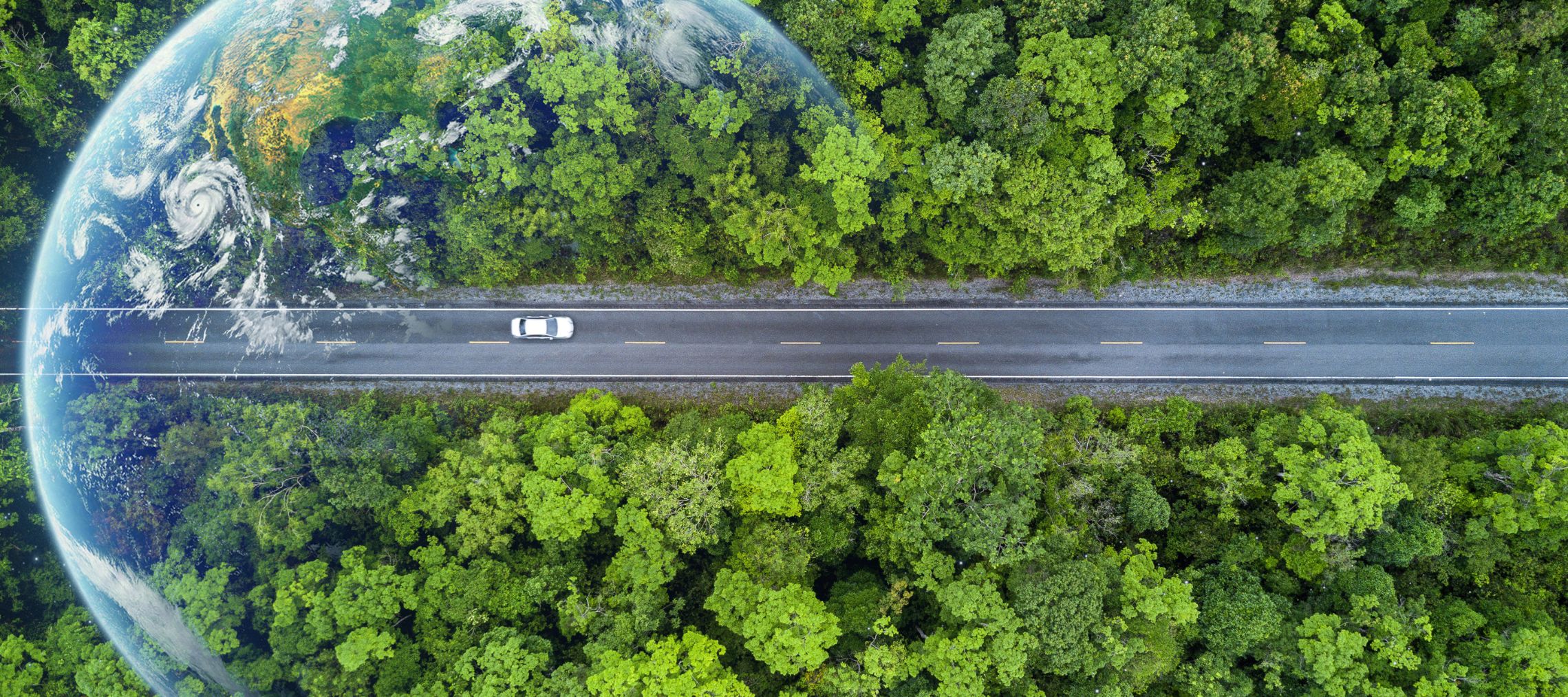
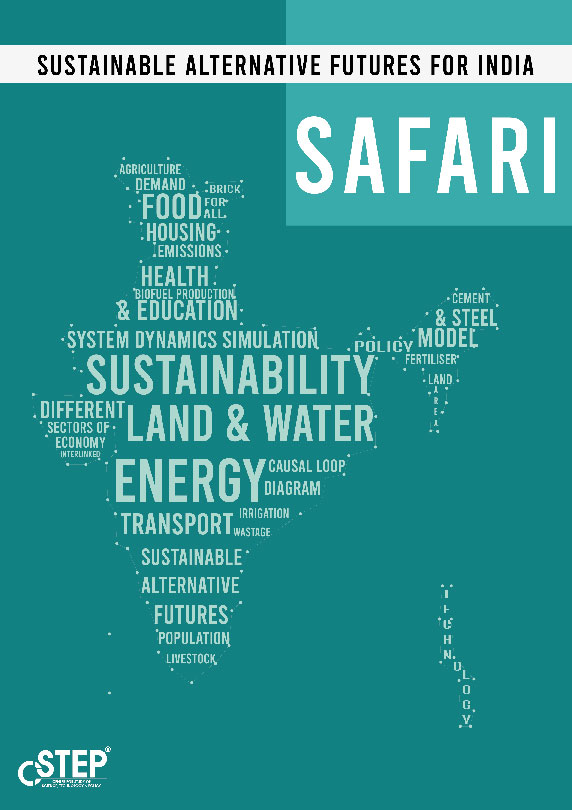
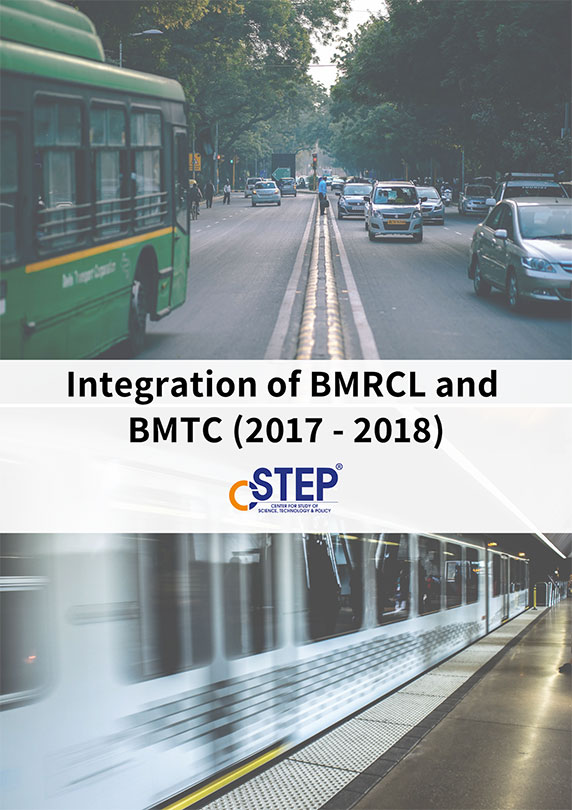
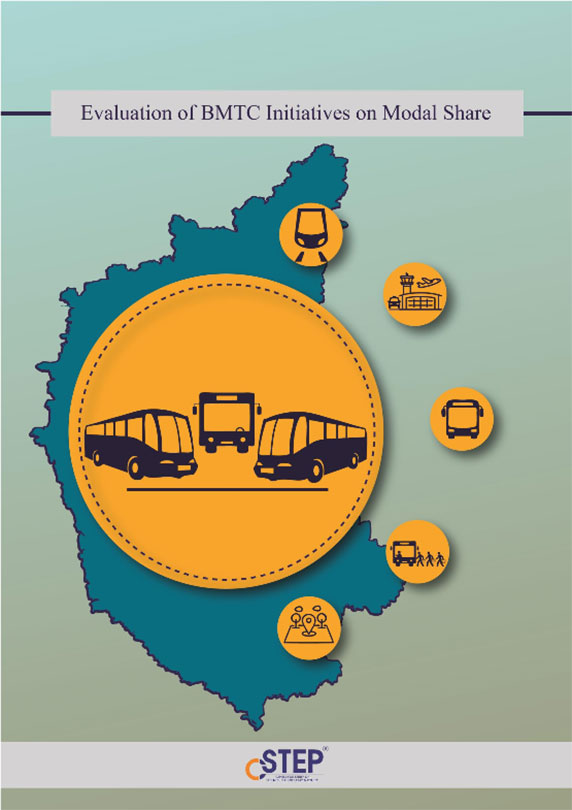
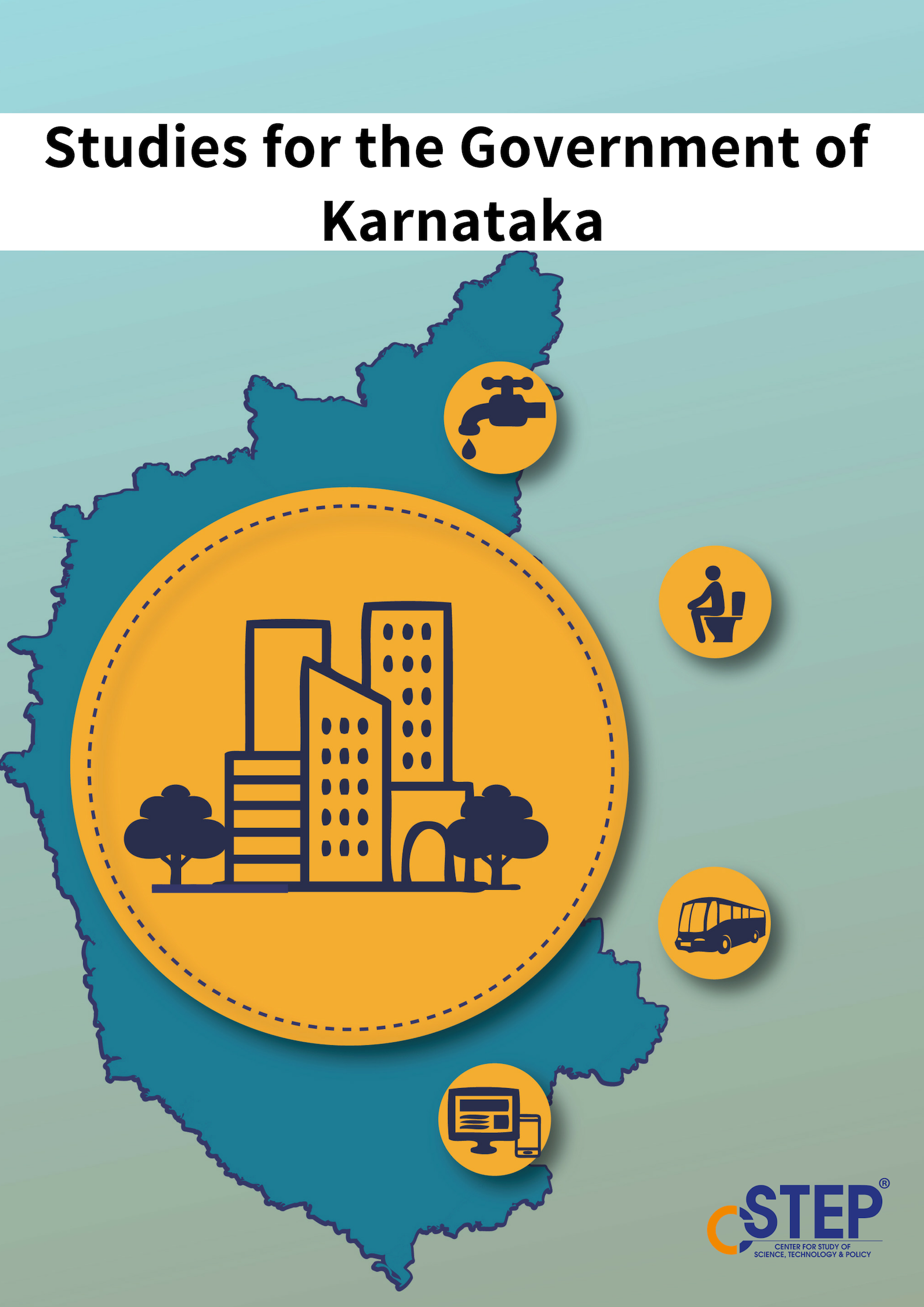

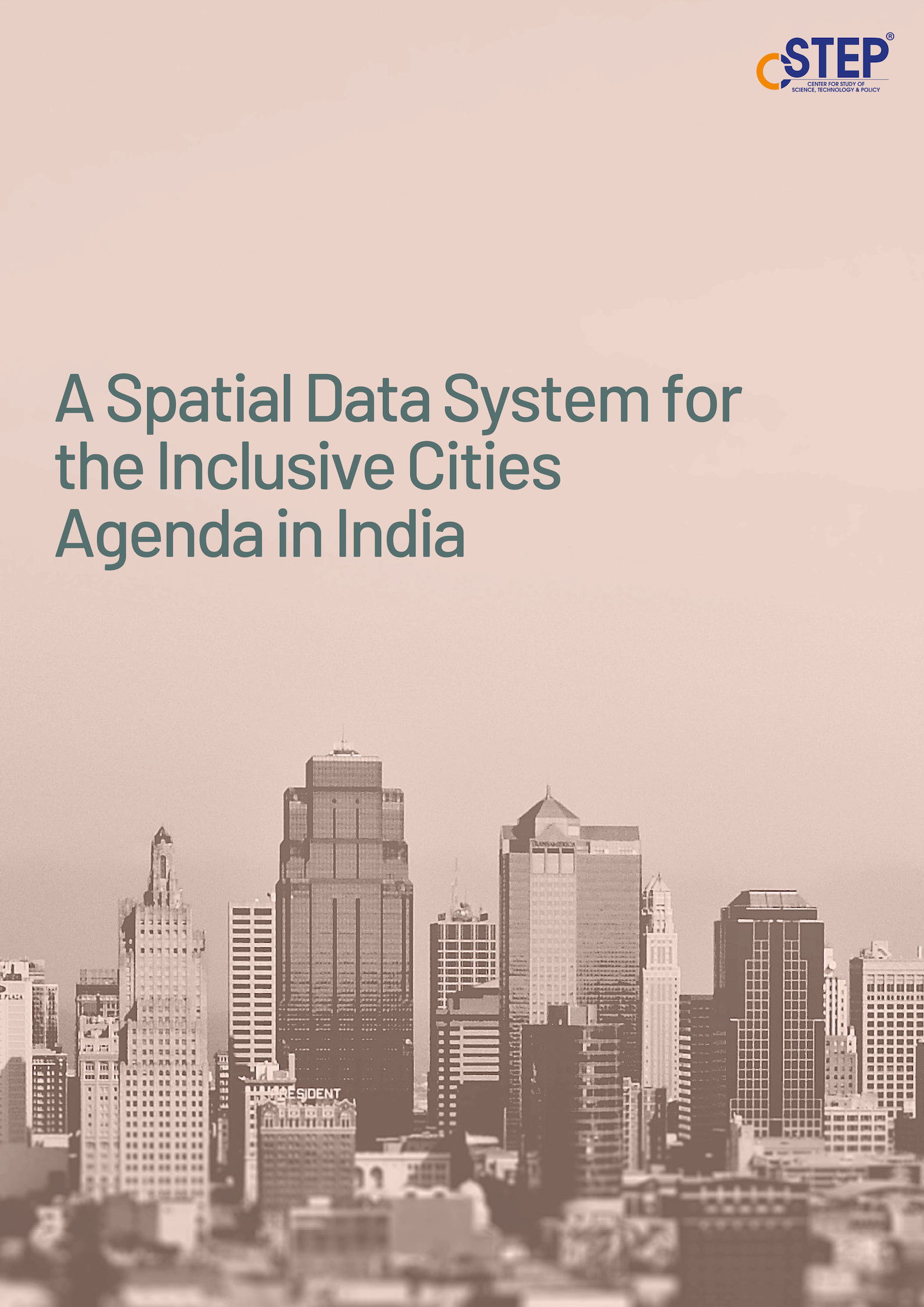
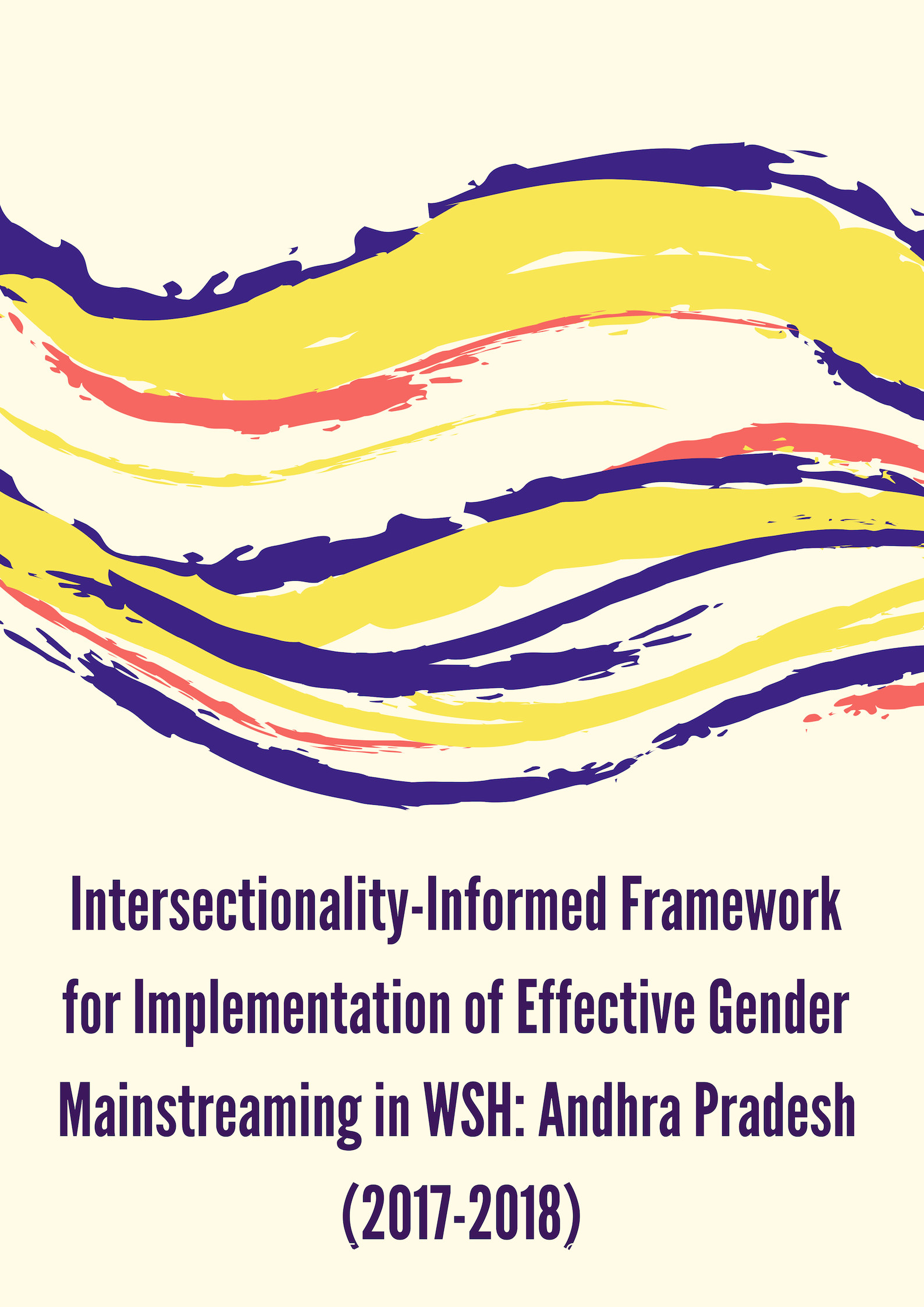
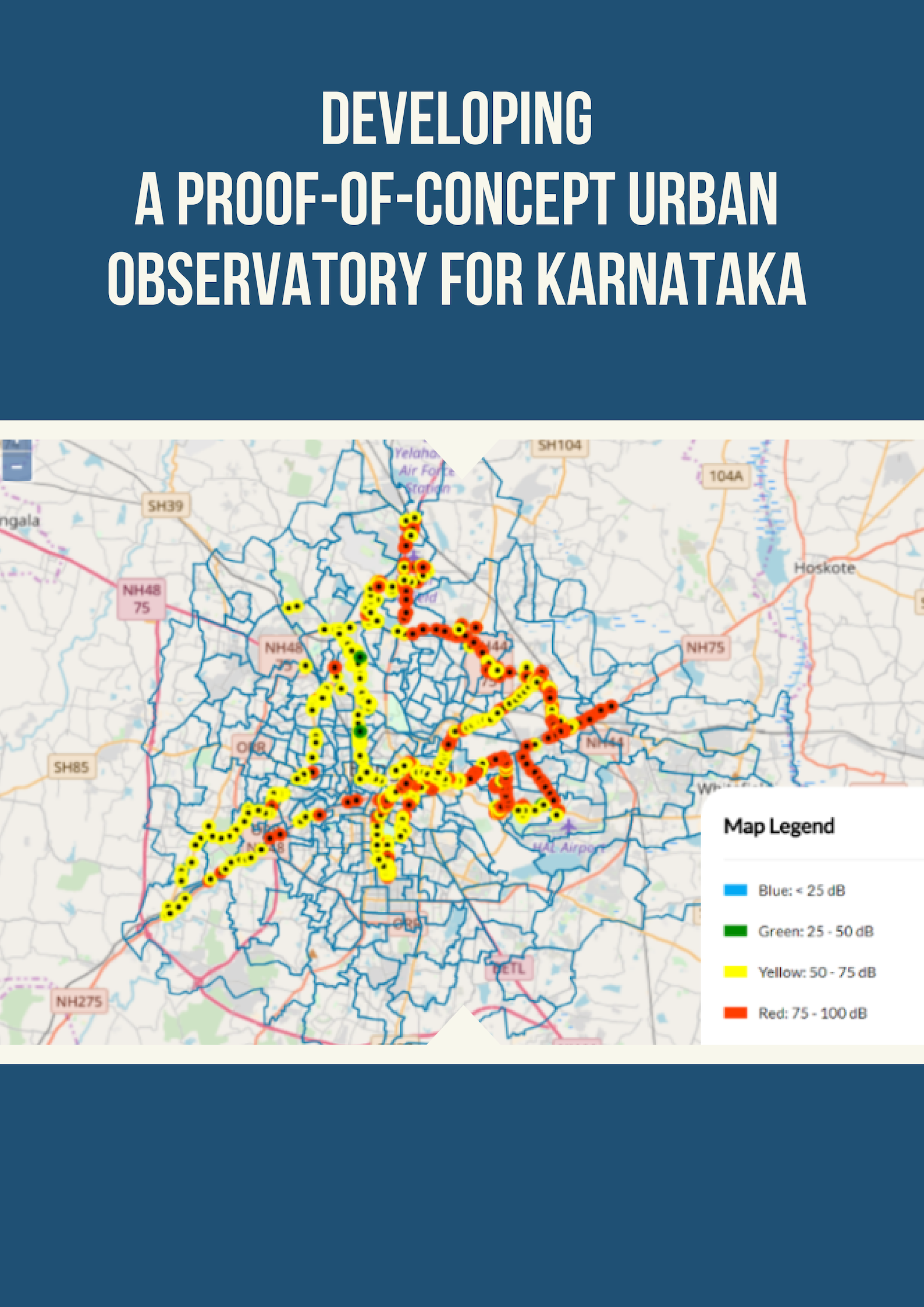
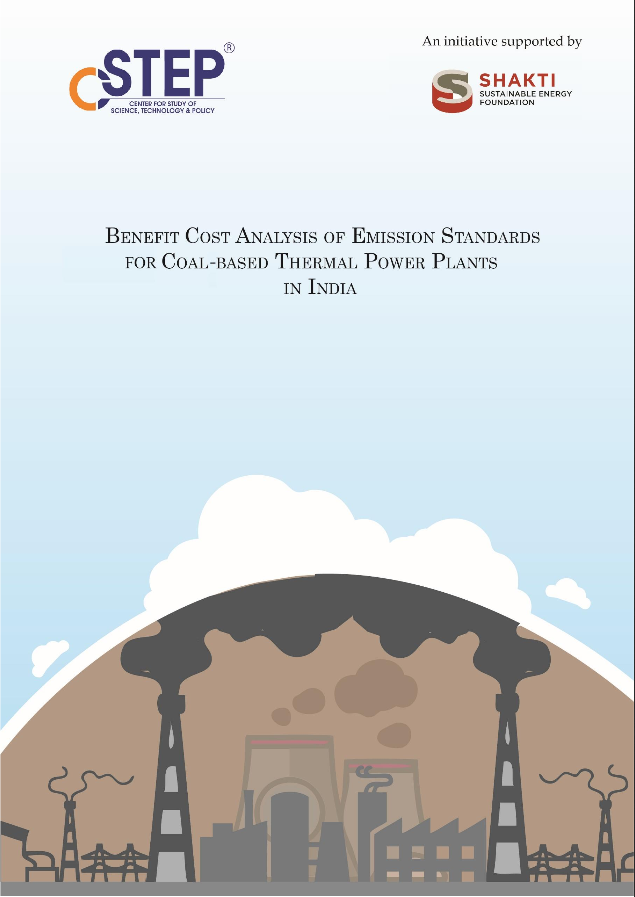


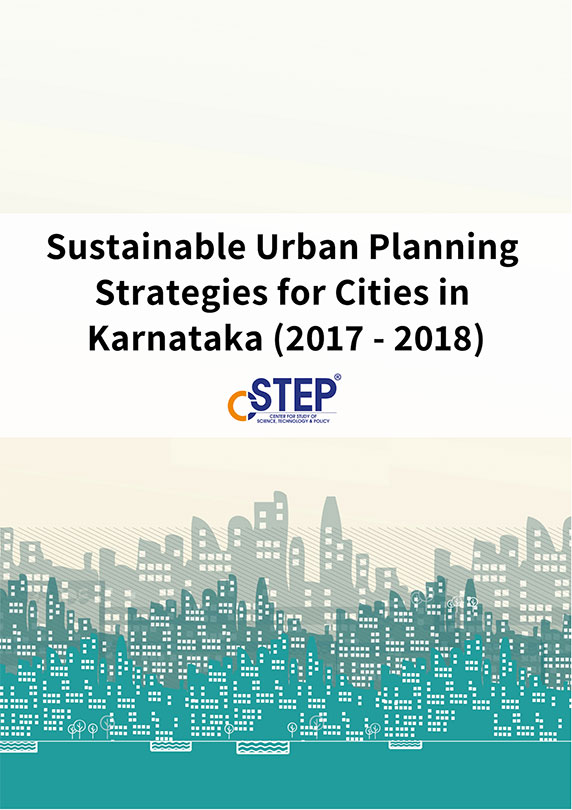



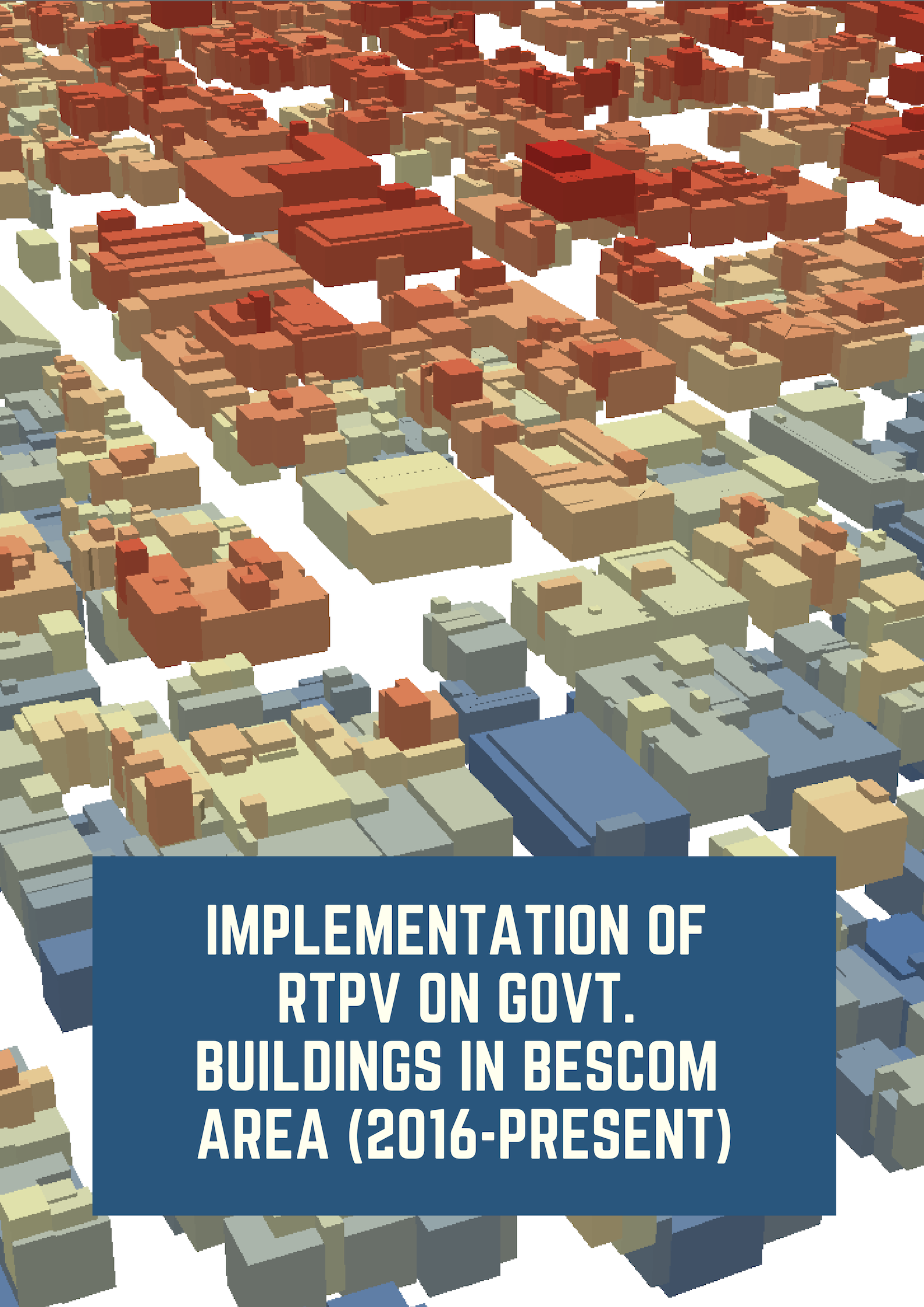
Accelerating circular economy solutions to achieve the 2030 agenda for sustainable development goals
Circular economy seems a vital enabler for sustainable use of natural resources which is also important for achieving the 2030 agenda for sustainable development goals. Therefore, a special session addressing issues of “sustainable solutions and remarkable practices in circular economy focusing materials downstream” was held at the 16th International Conference on Waste Management and Technology, where researchers and attendees worldwide were convened to share their experiences and visions.
Giving Earth a Helping Hand
We are witnessing the first signs of the climate crisis. While the word ‘crisis’ should jolt us awake, here’s another statistic: 75% of 10,000 youngsters reported that they thought the future is ‘frightening’. These are the findings of a study, published by The Lancet Planetary Health, which included respondents from Australia, Brazil, Finland, France, India, Nigeria, Philippines, Portugal, the UK, and the USA. More than 50% of the respondents reported feeling sad, anxious, angry, powerless, helpless, and guilty.
Let’s Do the Don’ts First
Year after year, the many days marked for environmental awareness push for concrete actions to protect our planet.
Rather than jumping on the ‘Go Green’ bandwagon and hastily considering the on-the-horizon (and sometimes even the in-the-pipeline) options, it would be simpler to start off with correcting the wrong we are doing—by giving up the habits that are bad for the environment. This would be quicker too, which is crucial given the time we have for arresting or limiting environmental damage and climate change.
Climate on our minds
Climate Change may feel like an insurmountable problem and our future may look bleak. But all is not lost. On World Environment Day 2022, CSTEP launched a new campaign — Climate On Our Minds. Because there’s Only One Earth.
Through this campaign, we hope to enable climate action triggered by informed conversations on what this crisis means.
District-Level Changes in Climate: Historical Climate and Climate Change Projections for the North-Eastern States of India
The impacts of climate variability, climate change, and extreme events are visible globally and in India. The Global Climate Risk Index 2021 ranks India seventh, considering the extent to which India has been affected by the impacts of weather-related loss events (storms, floods, heatwaves, etc.). The index signals that the repercussions of escalating climate change are exacerbating and can no longer be ignored.
The dilemma with low-cost sensors
Low-cost air quality sensors are the talk of the town. By addressing cost issues and bringing in portability, these sensors are quickly becoming the game-changers in efforts toward better air quality. Low-cost sensors (LCS) enable dense monitoring of air pollution, allowing policymakers to target interventions at highly polluted areas, thereby improving air quality. But their large-scale use needs careful consideration, given the concerns around the accuracy and reliability of LCS data.
Rigidity Remains
The Government of India, in 2015, had set an ambitious target of installing 100 GW of solar capacity by 2022. The target included 40 GW of rooftop solar (RTS) systems and 60 GW of ground-mounted utility-scale solar (GMS) systems.
Tackling heatwaves: Why India must revisit its options for cooling
Several parts of India reeled under a heatwave in April with temperatures soaring from 43 Degree Celsius to 46 Degree Celsius - the highest since 1901. The grim news is that in the decades to come, India is expected to suffer more frequent and intense heat waves as a result of climate change, according to the Intergovernmental Panel on Climate Change and district-level climate projections made for India at the Center for Study of Science, Technology and Policy.
Economic Impacts of Low-Carbon Policies
Meeting India’s short- and long-term climate commitments made at COP26 entails a complete economic transformation, which can have considerable developmental tradeoffs. Many long-term energy and climate models that project low-carbon pathways for the country consider the gross domestic product (GDP) to be exogenously driving growth in various sectors. However, low-carbon policies or technologies will also impact GDP, as well as other economic variables like employment and income.
Behavioural Shifts Will Drive Decarbonisation in the Transport Sector
Almost 10 per cent of the total GHG emissions in India come from its transport sector. Attaining the ‘net zero’ goal calls for strong sectoral interventions, therefore.
